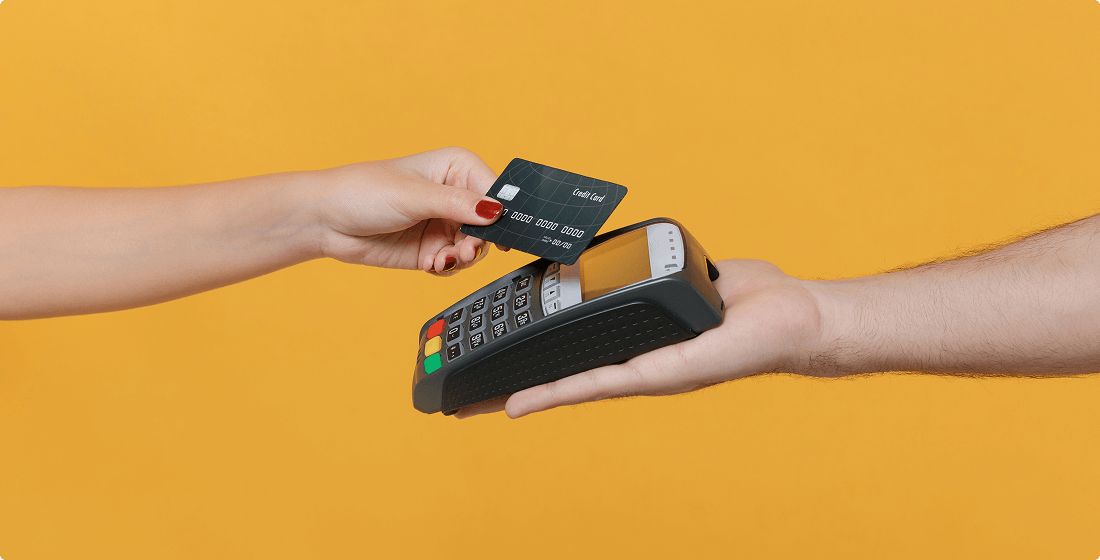Credit card acceptance is rarely inexpensive, but it isn't usually confusing either. In 2025, Interchange Plus (IC++) is still the most transparent way to price card acceptance. Below, we go through how it works, what is new this year, and how to determine if IC++ is best for your business. We'll also provide you with the table, which should allow you to simply assess your current credit card acceptance situation against IC++.
How Interchange‑Plus Works
When completing a card transaction there are three layers of cost involved:
- Interchange – the base fee that is charged by Visa, Mastercard, etc. This can vary based on the type of card used, how the card is entered, and the industry you are in.
- Assessment – small network fees tacked on by the card brands for the transaction.
- Processor markup – this is the negotiable layer. When it is quoted, it is usually represented in both basis points (a fraction of a percent) + a flat cent amount per transaction.
With IC++, both the interchange and assessment fees are passed through directly and are shown to you line by line. The only markup item is the one that goes to your processor. This creates transparency that enables you to compare processors more easily!
Why It Matters in 2025
- Changes in rules: Visa limits credit surcharges to 3%, Mastercard limits them to 4%, and there can be no surcharge on debit. States like California and Minnesota require businesses to show the full price including any fees added. This has led to more merchants displaying dual pricing (cash versus card), rather than point-of-sale hidden surcharges.
- Business impact: Merchants that have a higher debit share and B2B Level 2/3 data will benefit the most. Very small and micro-ticket merchants might still prefer flat-rate simplicity.
For details, see our guides on Surcharging vs. Dual Pricing and PCI DSS v4.0.
Benchmarking Table: Comparison of Effective Rates
This table can help you assess whether Interchange‑Plus is suitable for your business. Start by determining your effective rate (total fees ÷ gross volume), then compare your results.
|
Business Type |
Typical Mix |
Expected Effective Rate (IC++) |
Flat‑Rate Equivalent |
What to Watch |
|
Retail with strong debit |
60-70% regulated debit, average ticket $40–$60 |
2.1% – 2.6% |
Normally 2.9% + 30¢ |
Guarantee EMV/contactless, same-day deposit. |
|
E‑commerce store |
90% credit, average ticket $80-$120 |
2.6% – 3.2% |
2.9% + 30¢ |
Invest in fraud protection, AVS, 3-D Secure. |
|
B2B/Wholesale |
High corporate or purchasing cards, average ticket $500 + |
2.1% – 2.5% (with Level 2/3) |
Normally 3% above |
Acquire tax & invoice information for L2/L3 benefit. |
|
Low volume / micro‑ticket |
Many sales under $10 |
Can be >3% with per‑item fees |
Flat 2.6–2.9% may gain. |
Compare thoroughly, remember FANF and per item cost. |
Practical Steps for Merchants
- Run the numbers. Use our Payment Calculator to check your effective rate under IC++, flat-rate, or membership pricing.
- Know your tools. Do you need Credit Card Machine, and Mobile Reader, or Online Payment Gateway. Choosing the proper set up matters with your total cost.
- Compare providers. Check out our Processor Reviews, and Square Alternatives to see how major names do IC++.
- Audit contracts. Audit agreements. Look for a simple annex that shows markup in X bps + $Y/txn and a complete list of monthly fees. Avoid long term leases and unknown “bundled” charges.
The Summary
Interchange‑Plus is not a miracle, it simply allows you to distinguish your unavoidable charges around actual network costs rather than what your processor charges you. This kind of transparency often means, for most merchants, lower effective rates and fewer surprises for they are able to know their costs which take the guessing out of whether they are better than before. There is usually some value for the very small, or businesses with inconsistent sales volume, in the flat rate simplicity of the costs. The key insight is your ability to model whichever you choose to engage in and use your own data to consider the two.
Use the Credit Card Processing Guide and Comparison Tool to model your costs and make a choice based on your volume needs, industry and growth plans.








